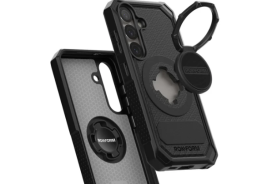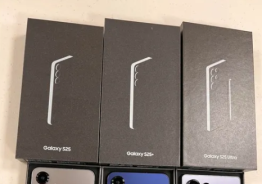The Samsung Galaxy S5 is no doubt a high-end powerhouse, but pitted against the low-end Motorola Moto E the results are quite surprising.
Samsung's latest flagship smartphone packs a powerful Qualcomm Snapdragon 801 quad-core processor and 2GB of RAM, which should allow it to easily handle any task you throw at it, without any delays.
Motorola's newly-launched Moto E, meanwhile, is a low-end device designed to be the cheapest smartphone on the market. It features a dual-core Snapdragon 200 processor and just 1GB of RAM. Just a quick look at the specs of these two devices makes any comparison between them seem crazy, but the truth may surprise you.
Both the Samsung Galaxy S5 and the Motorola Moto E run Android 4.4 KitKat. The difference is that while the Galaxy S5 also carries Samsung's heavy TouchWiz user interface and customizations, the Moto E runs a nearly stock Android experience. This allows the Moto E to shine in this department by offering a fast and breezy performance, despite its low-end specifications.
A new YouTube video demonstrates just how much a manufacturer's own software skin can affect the device's performance. In this performance speed test, the TouchWiz-heavy Samsung Galaxy S5 goes up against the nearly stock Android Moto E in a performance speed test, and the Moto E definitely holds its own.
That's not to say that the Moto E is definitely faster than the Galaxy S5, or better - far from it - but it does show how bloatware can significantly slow a device down. Samsung's heavy TouchWiz overlay is the reason why may consumers prefer Google Play Editions whenever available, or Nexus devices running stock Android. If this video proves anything, it's that the Moto E is a pretty good smartphone despite its dirt-cheap price and low-end specs, and that Samsung has some work to do in optimizing its UI so as not to slow down the Galaxy S5.
Powerful hardware apparently doesn't always mean significantly faster performance, at least not in this case. There may be many more variables to take into account, but this is nonetheless something Samsung should think about. Check out the video below to see for yourself.
© Copyright 2025 Mobile & Apps, All rights reserved. Do not reproduce without permission.















